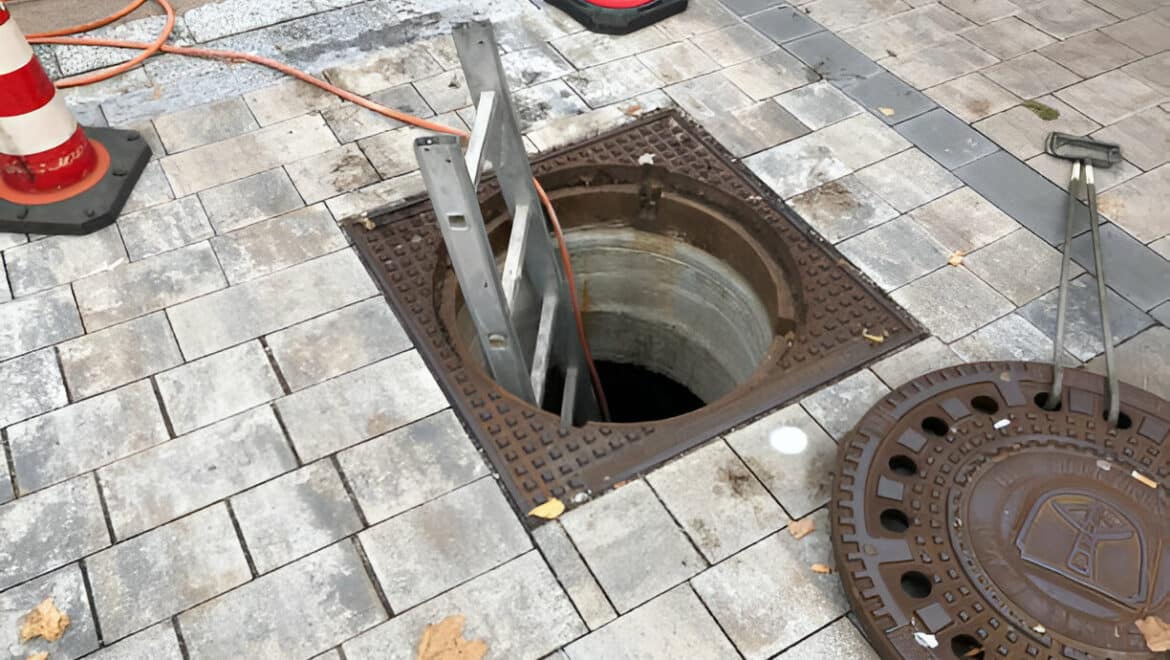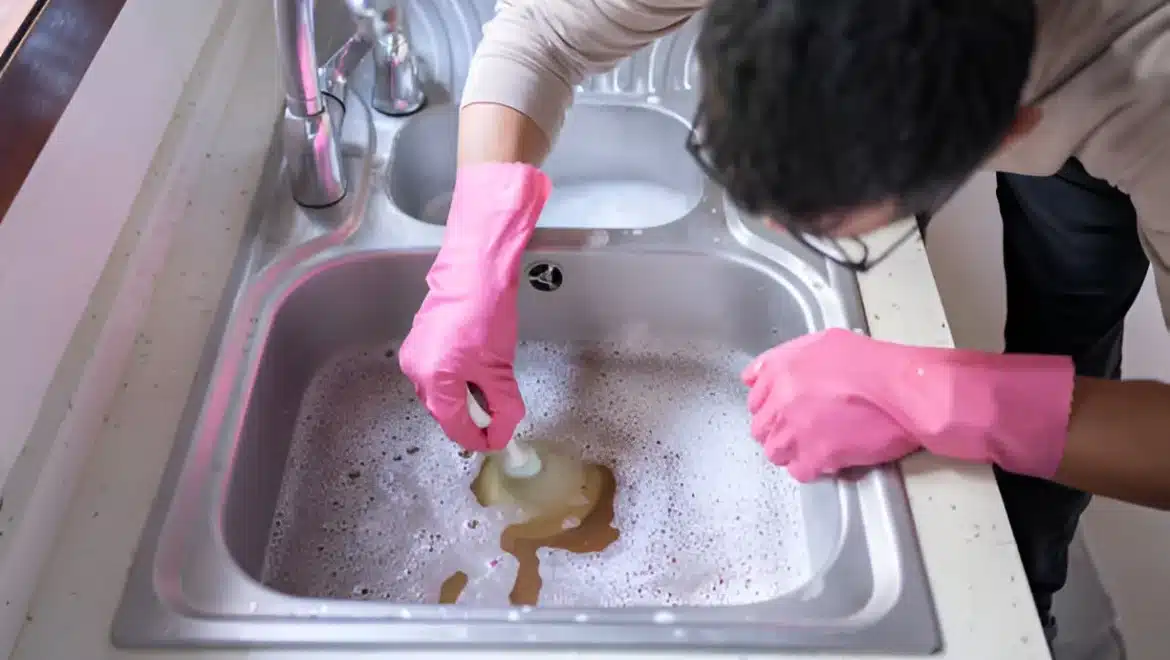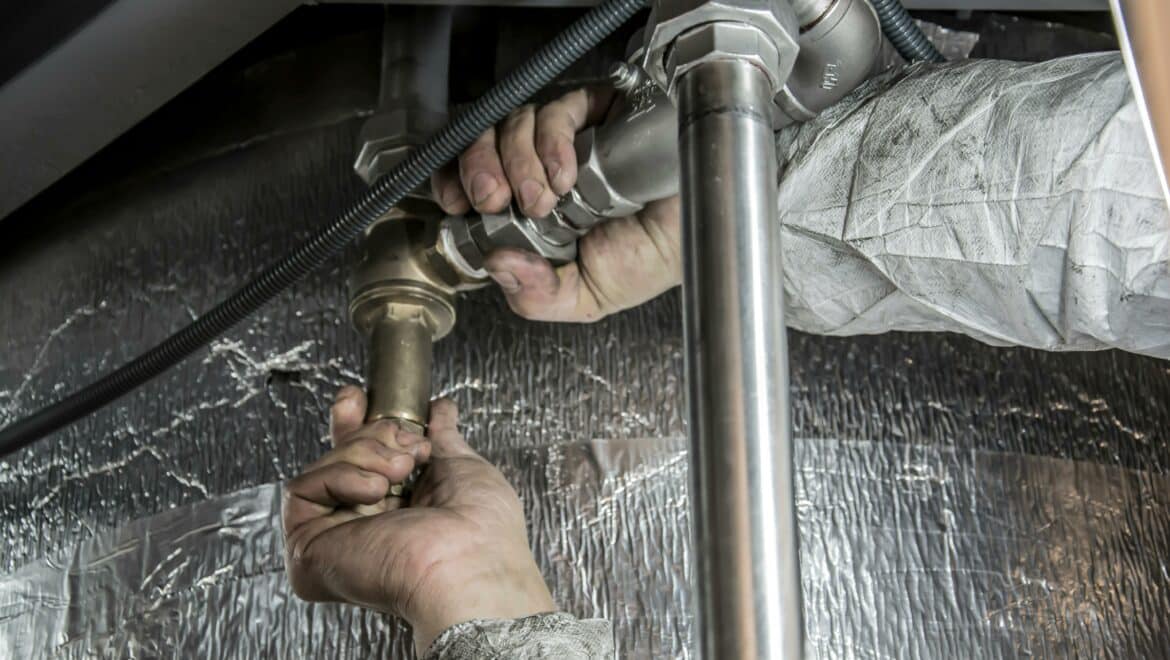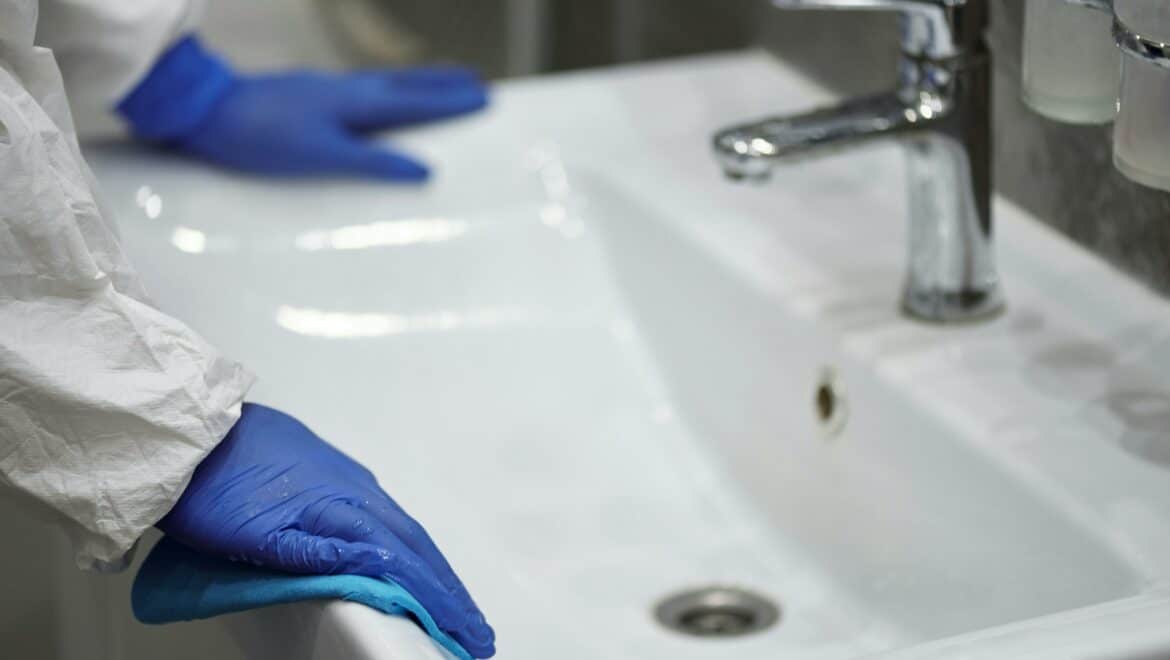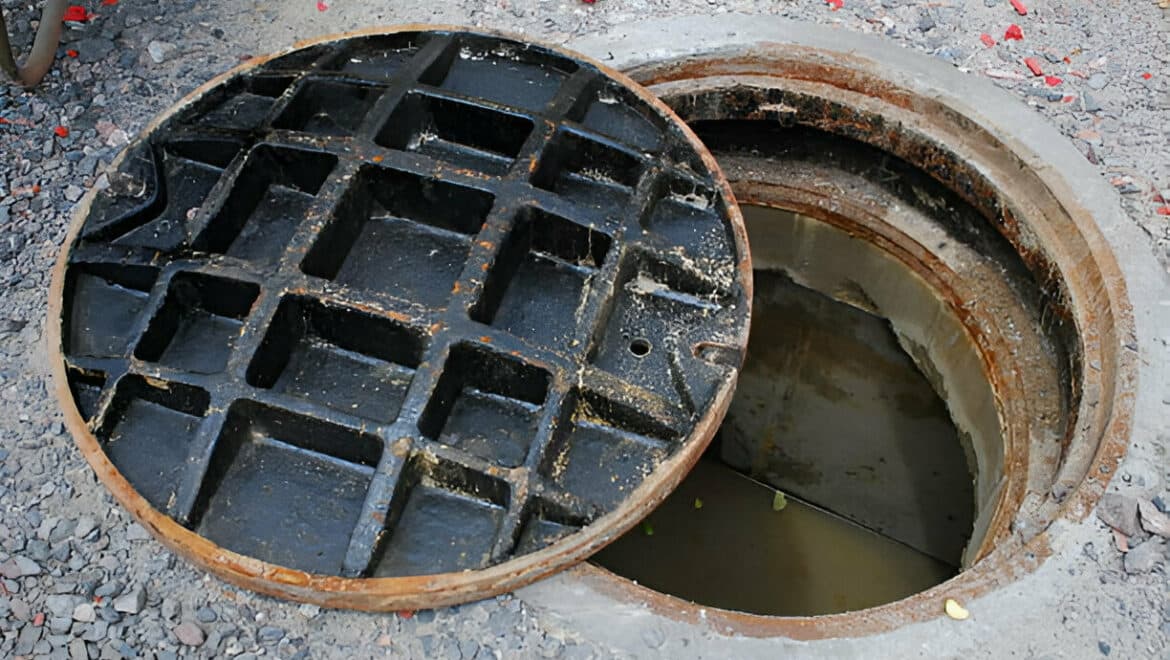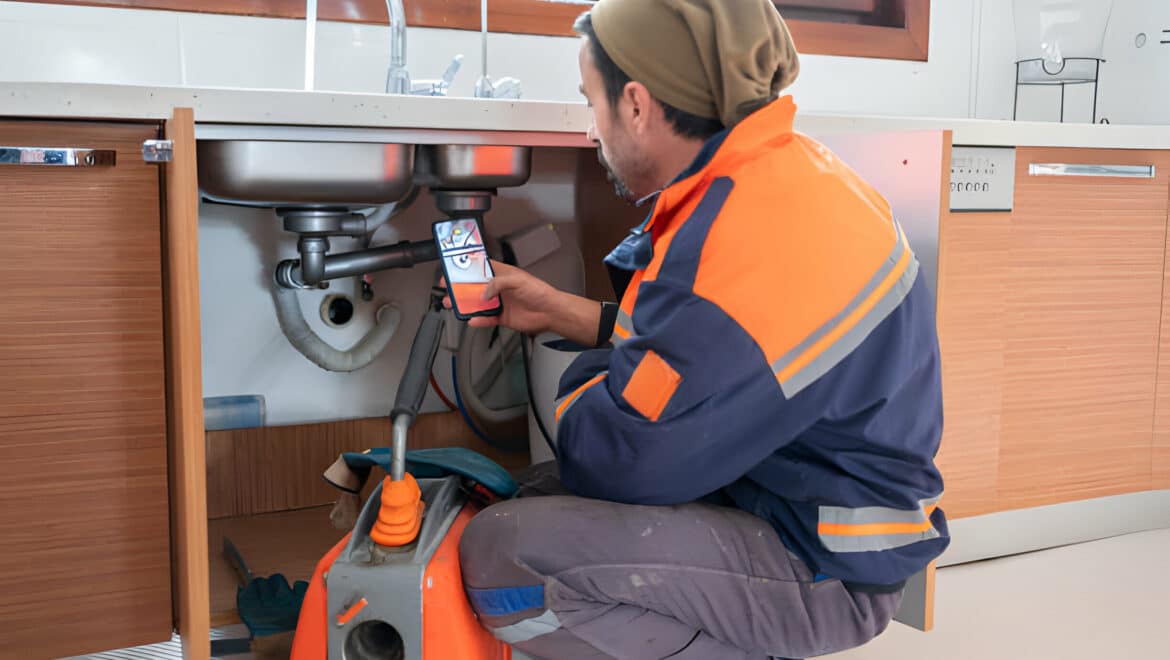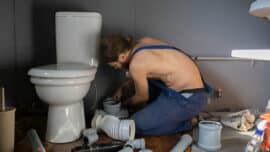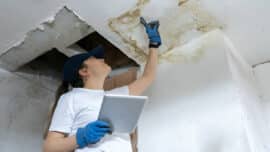How to Unblock a Badly Blocked Drain?
Blocked drains are one of the most common household plumbing issues, but when a blockage is severe, it can cause real headaches. A badly blocked drain can lead to unpleasant odours, slow drainage, or even complete water stoppage. Fortunately, there are effective ways to tackle these issues before they escalate into more serious plumbing concerns. Here, we’ll guide you through some methods to unblock stubborn drains, explain why some blockages occur, and discuss when it’s best to call in professional help.
1. Understanding the Causes of Blocked Drains
Blocked drains can arise from various factors, including the accumulation of food particles, soap scum, hair, or grease in the pipes. Outside drains often become blocked due to leaves, dirt, and tree roots seeking moisture inside sewer pipes. While mild blockages may clear on their own or with basic tools, severe blockages usually require professional intervention. For serious cases, especially when faced with blocked sewers, it’s best to reach out to a reliable plumbing service like South East Plumbing. Our expert team is equipped with advanced tools to resolve any blocked drain issue swiftly and effectively.
2. DIY Methods to Unblock a Drain
For minor blockages, there are several do-it-yourself (DIY) methods that can effectively clear the drain:
- Boiling Water: Often, grease and soap buildup can be softened with boiling water. Pouring boiling water down the drain can help to dissolve minor obstructions, though it may not work for more severe blockages.
- Plunger: A standard plunger can create enough pressure to dislodge a blockage. Make sure to cover any overflow drains to create a seal before plunging.
- Baking Soda and Vinegar: This classic home remedy involves pouring baking soda followed by vinegar into the drain, allowing it to sit for several minutes, then flushing it with hot water. The reaction can break down debris in the pipes.
For tougher blockages, these DIY solutions may not be enough, especially in cases involving tree roots or substantial debris buildup. When standard methods fail, it’s best to call an emergency plumbing service like South East Plumbing to ensure the problem is resolved properly.
3. Advanced Techniques for Severe Blockages
When it comes to badly blocked sewers, basic methods may not provide effective results. Severe blockages may require specialised equipment and expertise, like the following advanced methods:
- Drain Snake (or Auger): A plumbing snake is a flexible auger that can break up obstructions deeper in the pipes. This tool can be effective for dislodging large clogs but requires careful handling to avoid pipe damage.
- Hydro Jetting: For particularly stubborn clogs, hydro jetting uses high-pressure water to blast away debris. This powerful method is particularly effective for blocked sewers, as it can remove grease, minerals, and other blockages that have hardened in the pipes.
Attempting to use these advanced tools without professional experience can damage the plumbing system. South East Plumbing’s emergency plumbing services are equipped with the right tools and expertise to safely and effectively resolve even the most challenging blockages.
4. Why Call Emergency Plumbing Services?
If your attempts to clear the drain have been unsuccessful, or if you notice signs of a severe blockage, such as foul odours or water backups, it’s time to call emergency plumbing services. Persistent or extensive blockages can indicate underlying issues that require a thorough inspection and expert intervention. Blocked sewers, for example, can cause backups throughout your home if not promptly addressed.
At South East Plumbing, we offer rapid response emergency plumbing services to handle urgent plumbing issues. Our team can quickly assess the situation, use specialised tools to clear the blockage, and ensure the pipes are in optimal condition. Don’t let a blocked drain become a more serious issue—reaching out to professionals ensures a safe, long-lasting solution.
5. Trust South East Plumbing for All Your Plumbing Needs
At South East Plumbing, we understand that a blocked drain can be more than just an inconvenience—it can disrupt your daily routine. Our team is committed to providing fast, efficient, and reliable plumbing services to address any drainage issues you may have. Whether it’s blocked drains, blocked sewers, or a plumbing emergency, we are here to help.
For expert help with your plumbing needs, contact South East Plumbing today. Contact us for immediate assistance. Don’t wait for a minor blockage to turn into a major problem—let South East Plumbing handle it with the skill and professionalism you deserve!

